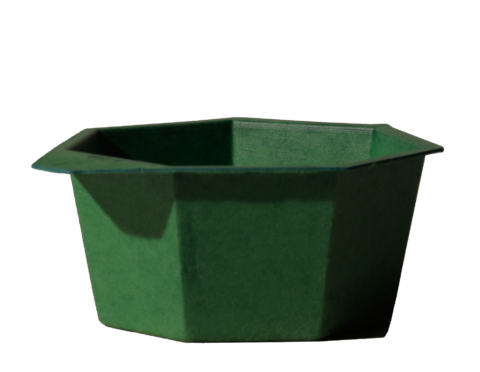biocomposites
Life Cycle Transition
About the Product

Biocomposites are divided into natural fibre reinforced plastics, wood-plastic composites (WPC) and bioplastics. These can be bio-based, biodegradable and biocompatible. Raw materials are, for example, natural biopolymers such as starch, cellulose, rubber, lignin, vegetable oils or sugar as well as technical polymers such as polyactide (PLA) or polyhydroxyalkanoates (PHA). They are extracted from the natural polymers by technical processes.
WPC are composite materials made of wood, plastics and additives. The energy input in production is comparatively high. The advantage of biocomposites is that they replace petroleum-based raw materials with renewable ones. The cellulose used by the Swedish company Södra comes from spruce, pine and birch from sustainable forestry. In the production process, all by-products are recycled and energy is obtained mainly from renewable energy sources. Named products (’Z’) are bleached without chlorine. The pulp is further processed as bio-based plastic or in the textile industry as natural cellulose fibre (Lyocel) or semi-synthetic cellulose fibre (viscose).
They are mainly used for outdoor application due to their moisture resistance and durability.
The disposal of the composite materials is problematic because they are not biodegradable and cannot be broken down into their individual components again.
Manufacturer: Södra